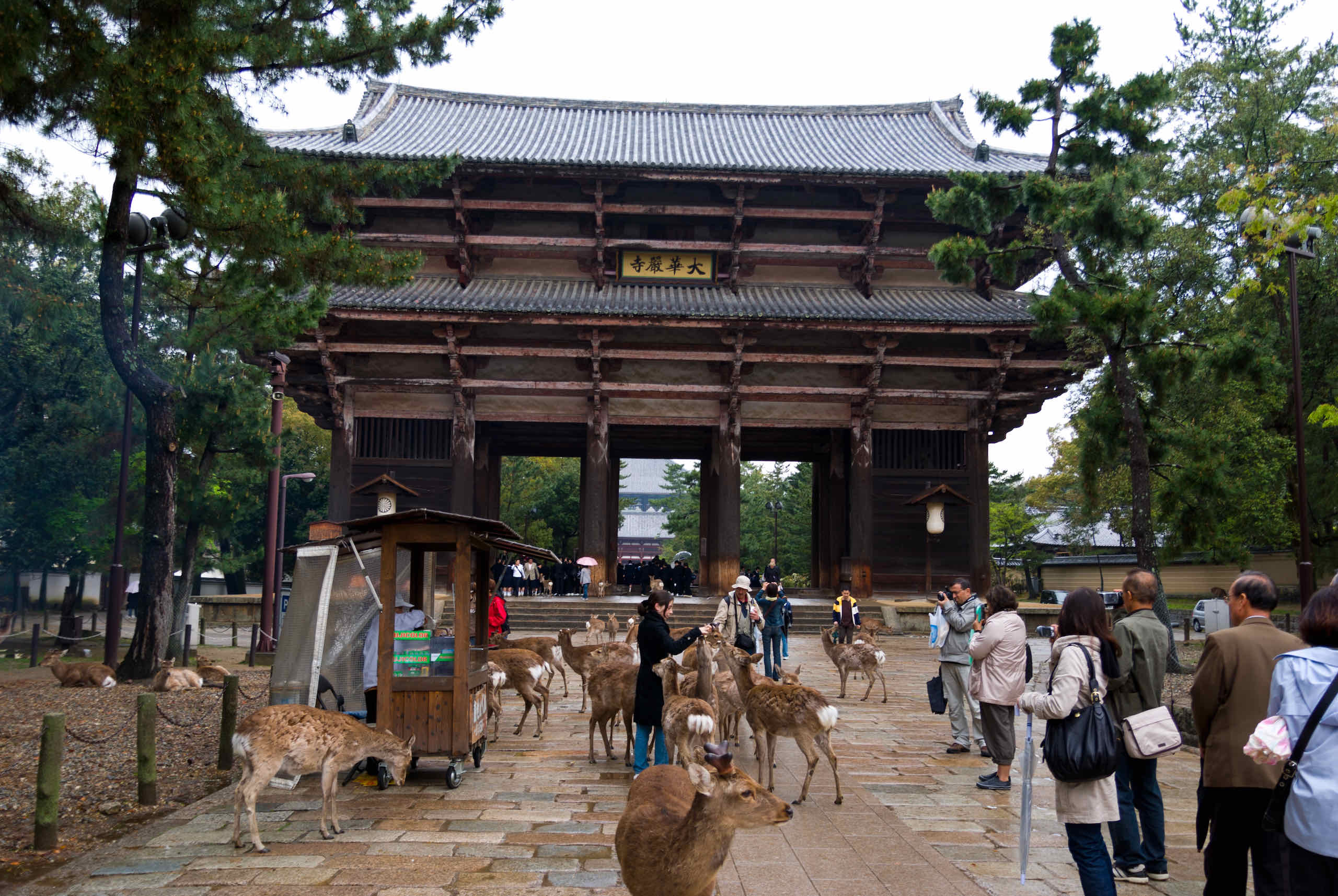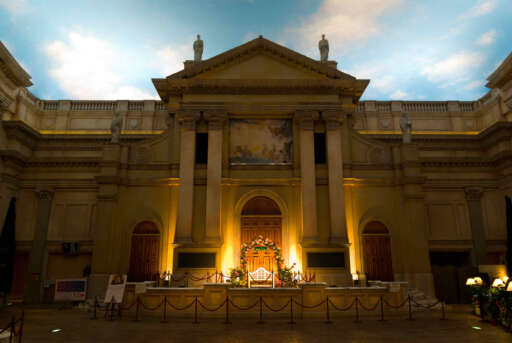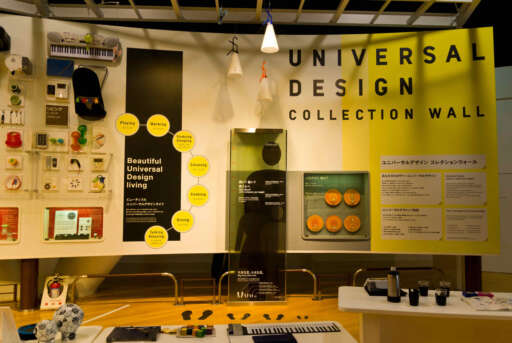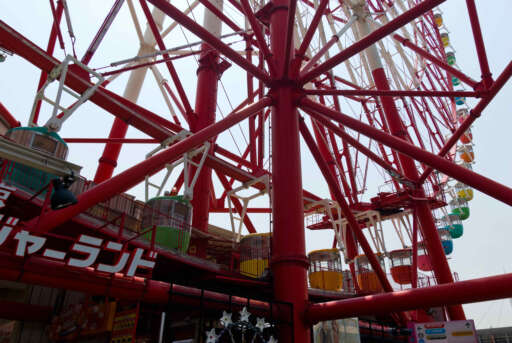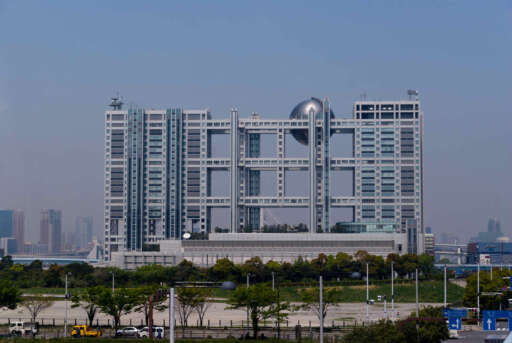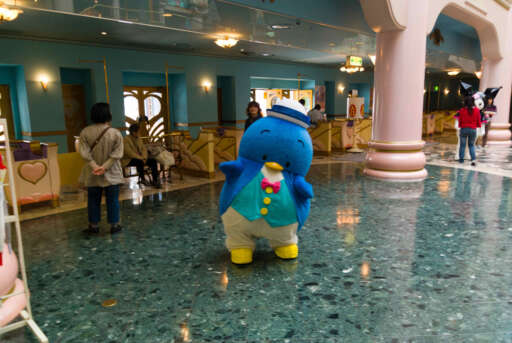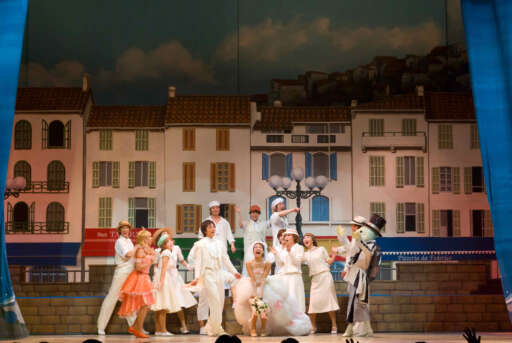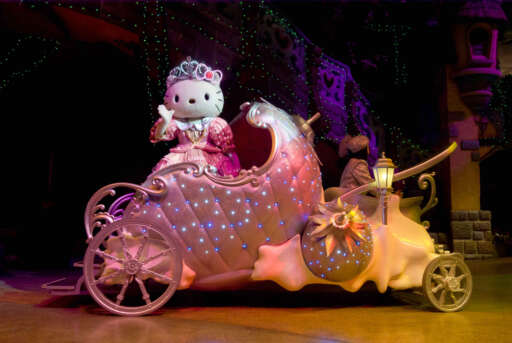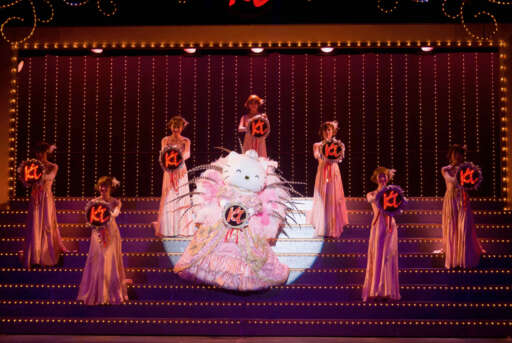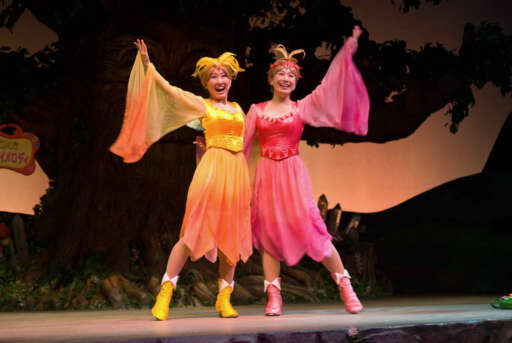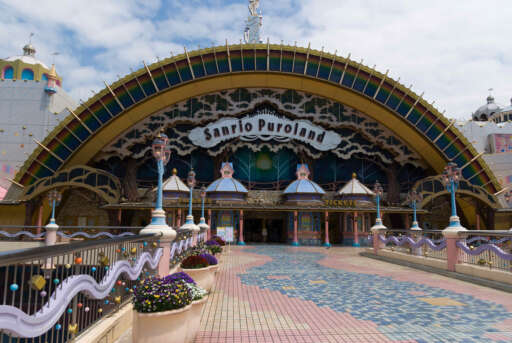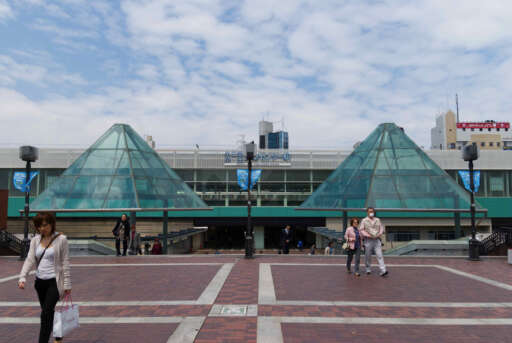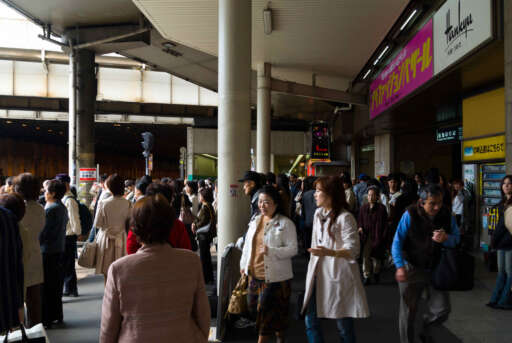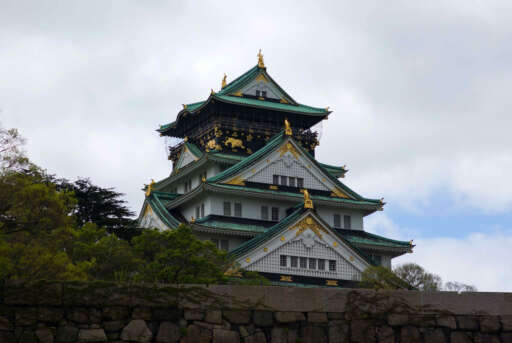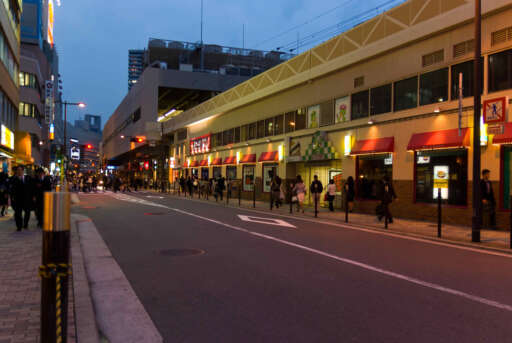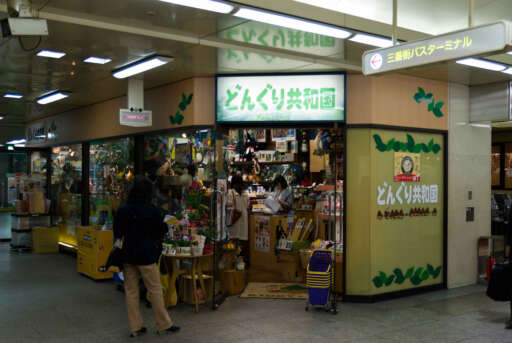Toudaiji (東大寺) or Eastern Great Temple is one of the Seven Great Temples in Nara and was originally founded in the year 738 CE. It houses the world’s largest bronze statue of the Buddha in the Great Buddha Hall or Daibutsuden (大仏殿). It is part of the UNESCO World Heritage Site for Nara.
Having collected some tourist brochures from the tourist information center, we now feel sufficiently informed to know where we are going, so we started walking along the avenue towards the Nandaimon (南大門) – the Great Southern Gate that fronts the main entrance to the Great Eastern Temple – Toudaiji (東大寺).
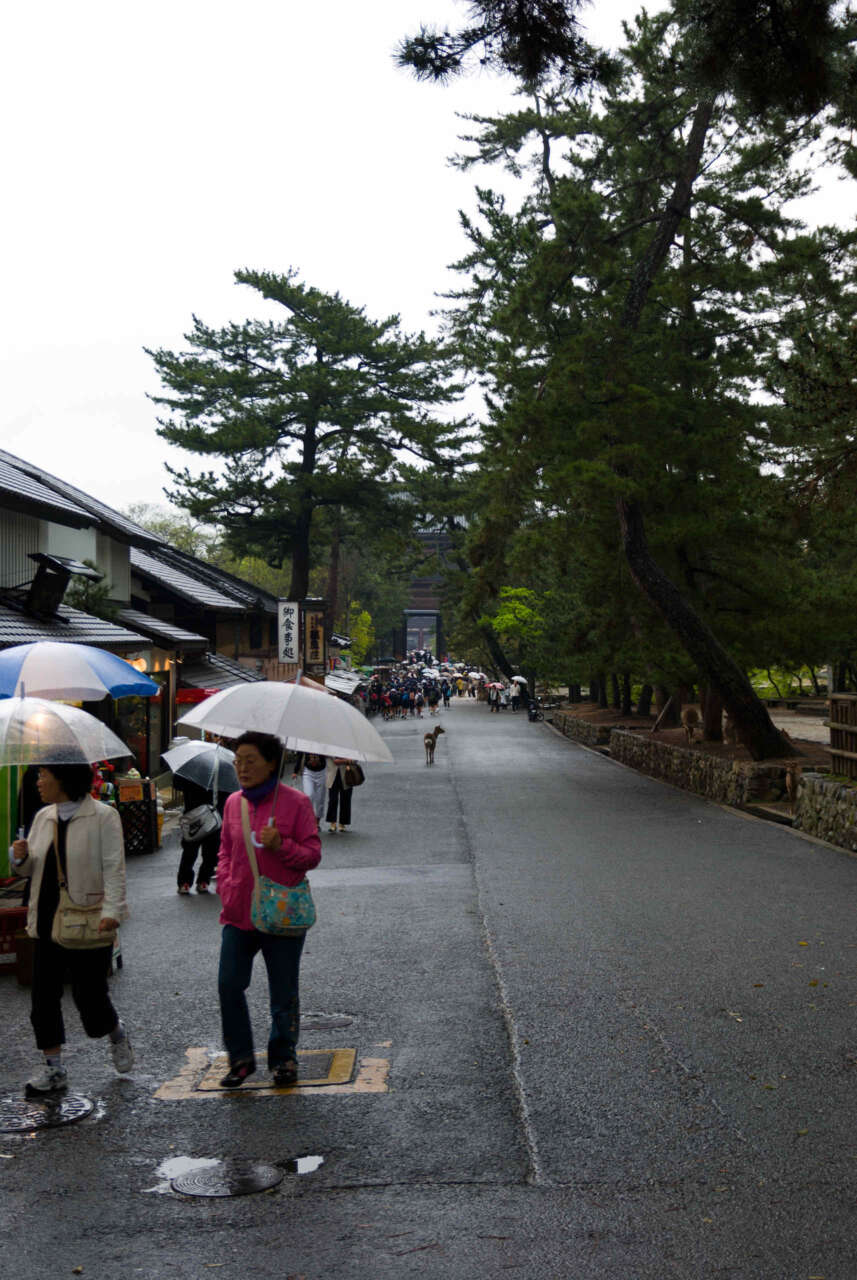
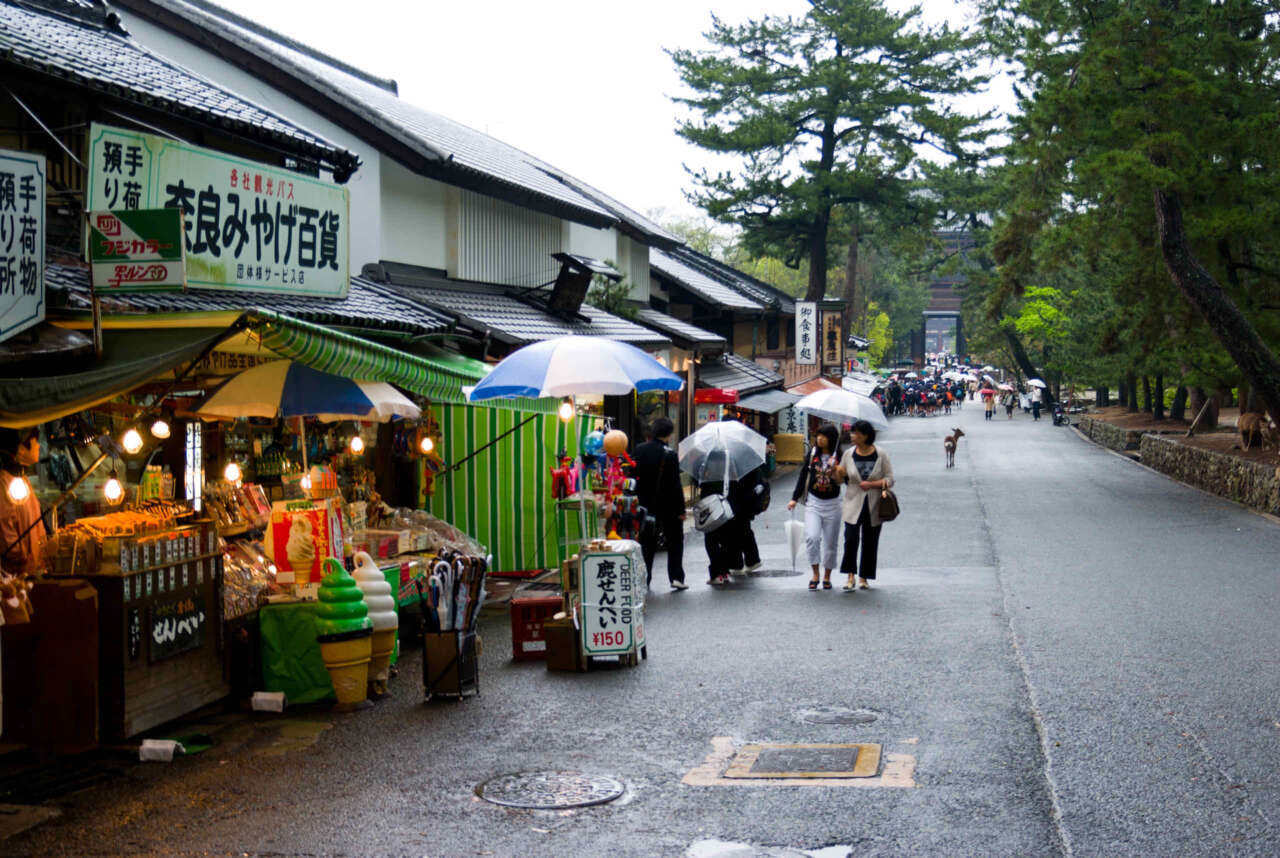
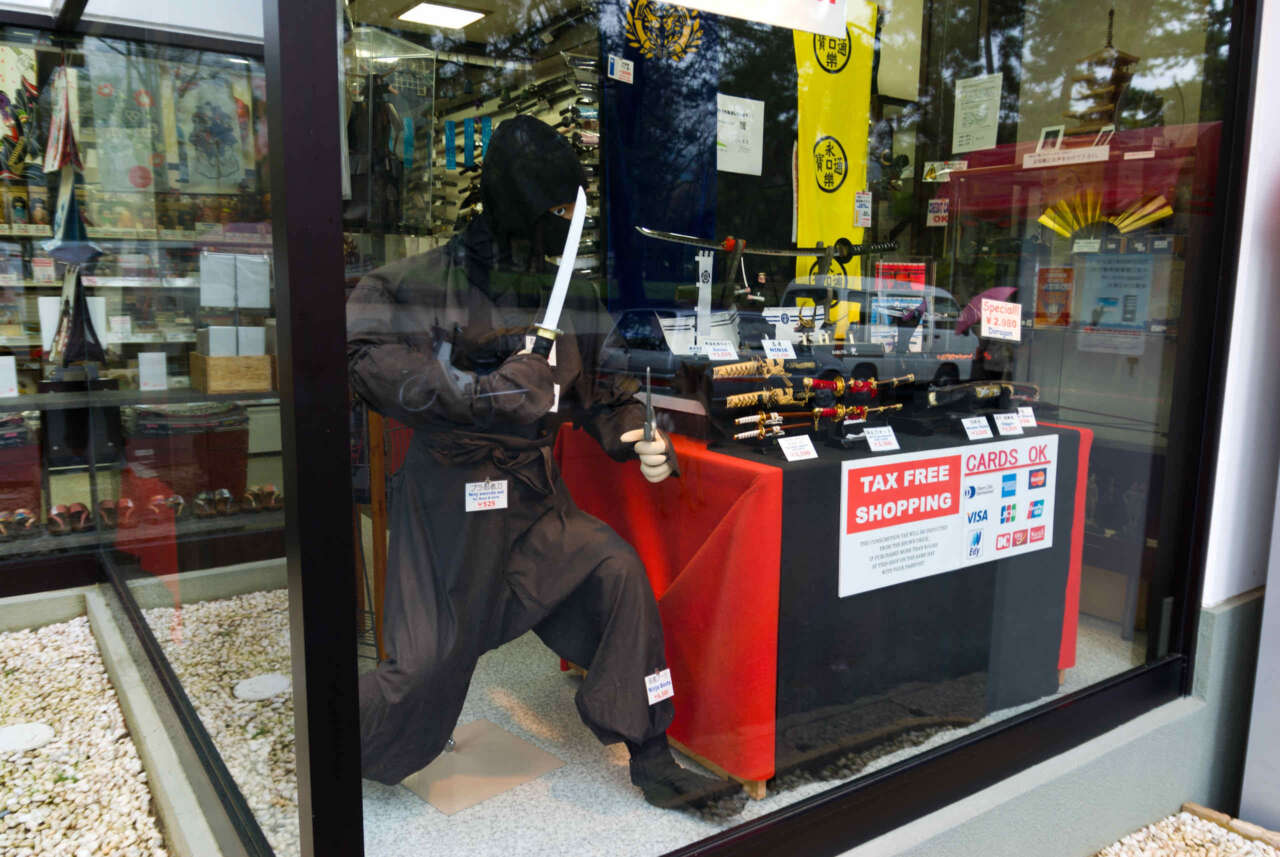
A shop selling samurai swords here.
Many deers wander around here in hope of getting fed by tourists.
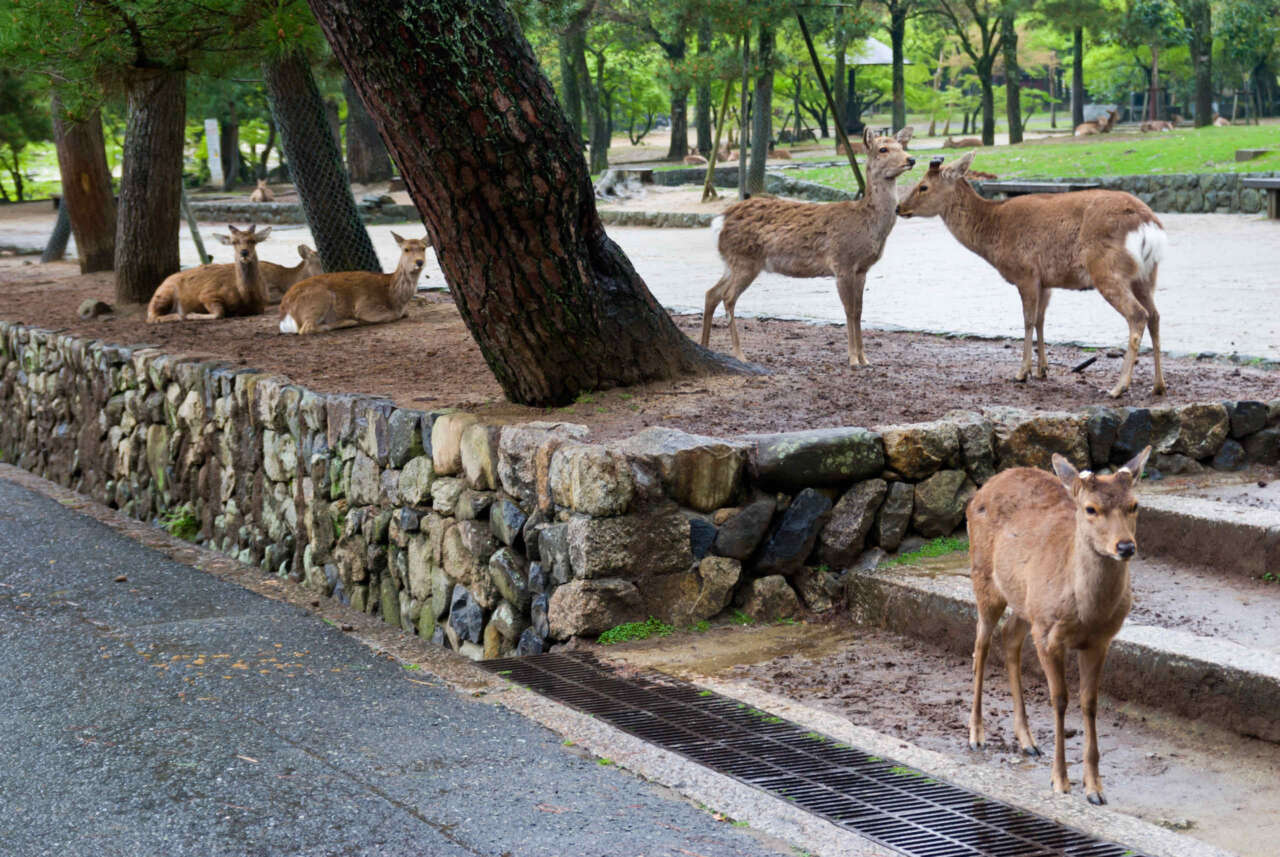
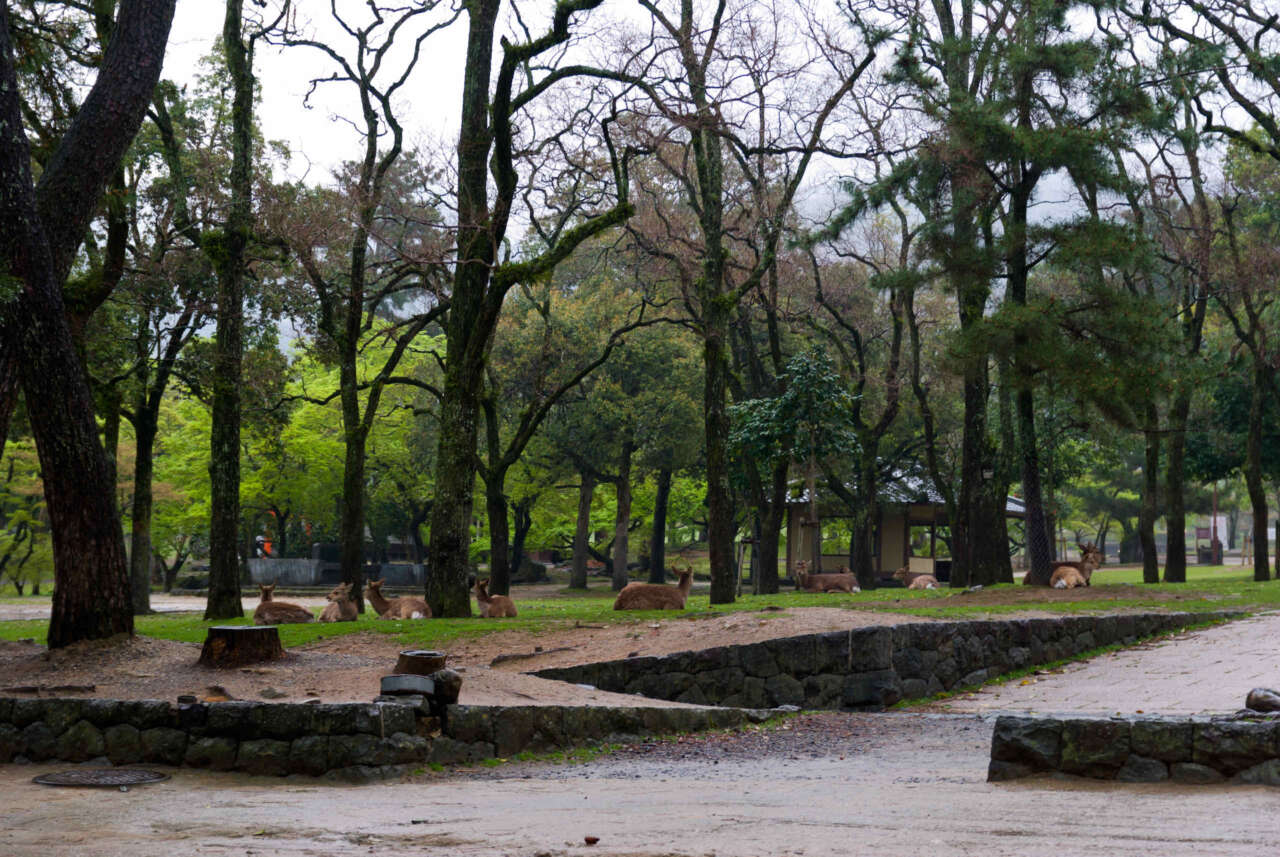
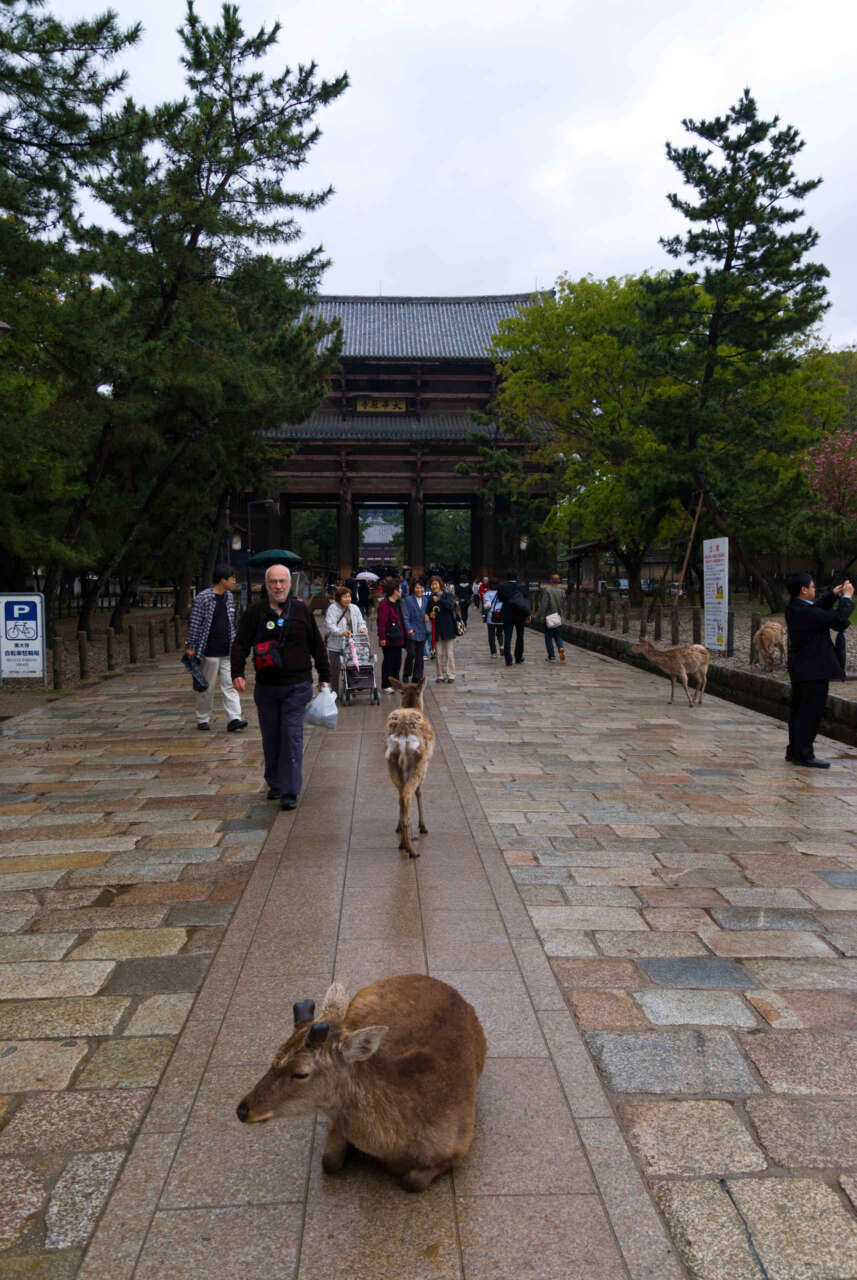
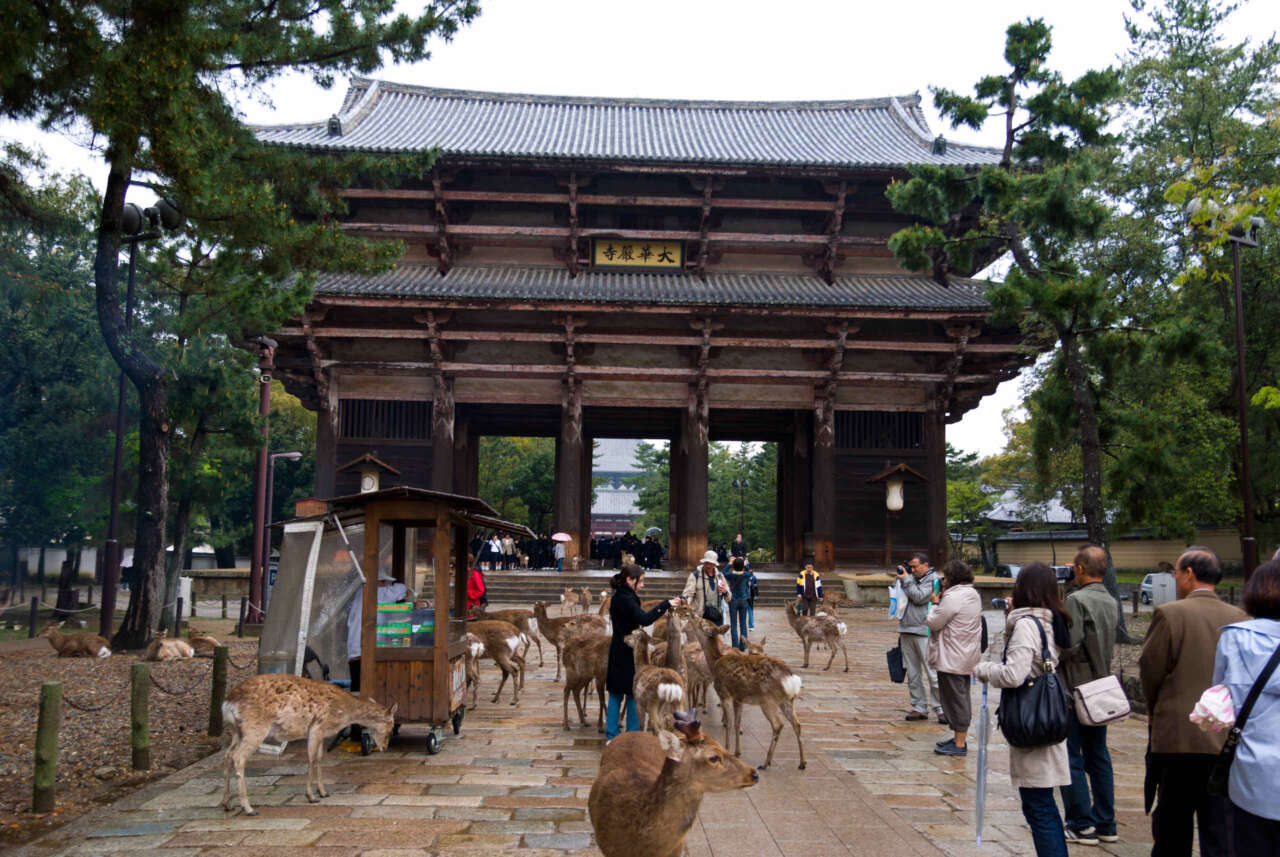
According to legend, the god Takemikazuchi (建御雷) appeared in the form of a white deer to protect Nara, and since then the deers in the area have been worshipped as divine beings. Very nice story, but the Japanese wikipedia page for Nara Park page suggests a more practical explanation – deers are excellent earthquake warning systems.
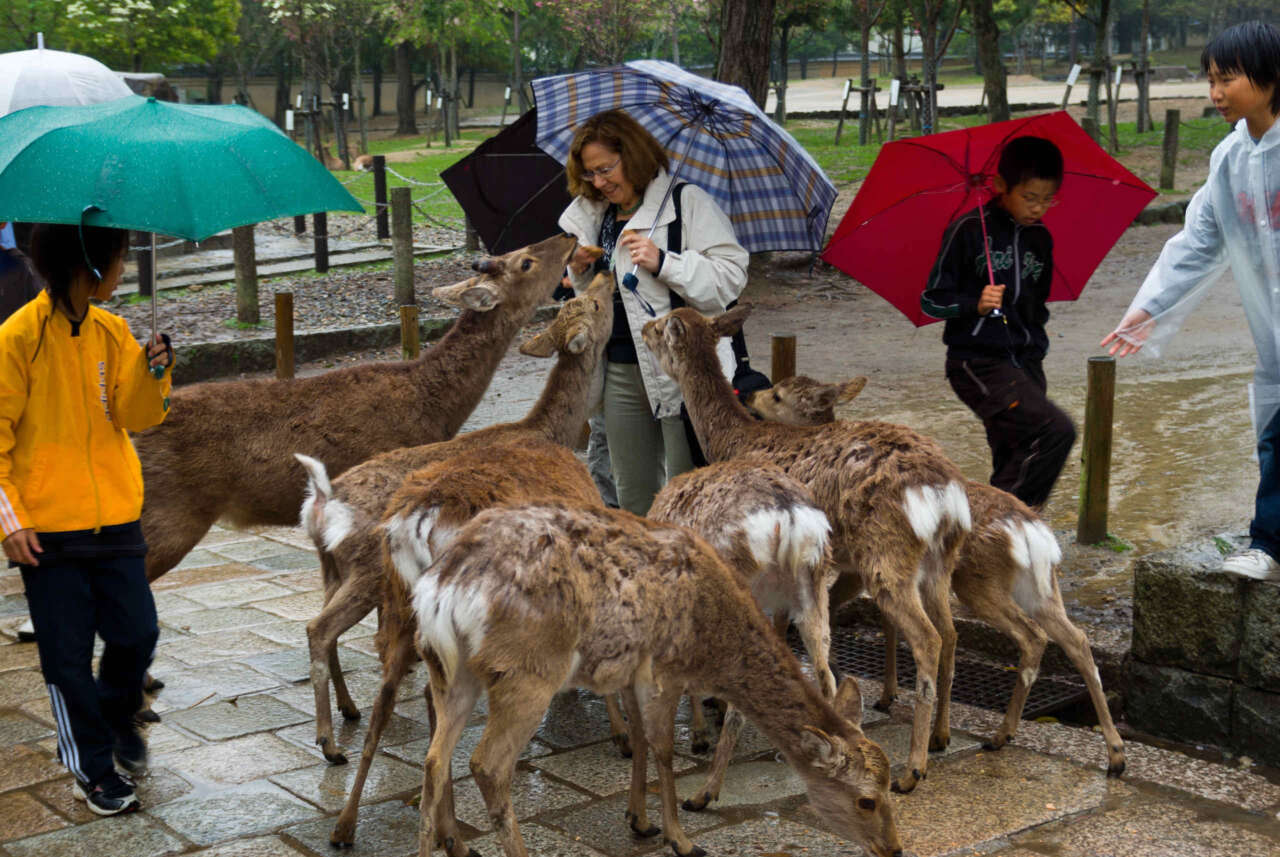
In any case, deers have a good life in Nara. Many of the shops along the avenue sell deer biscuits – called 鹿せんべい – that tourists can buy to feed the deer. What I didn’t realise was that the deers can get ferocious in competing for the biscuits from a poor unsuspecting tourist.
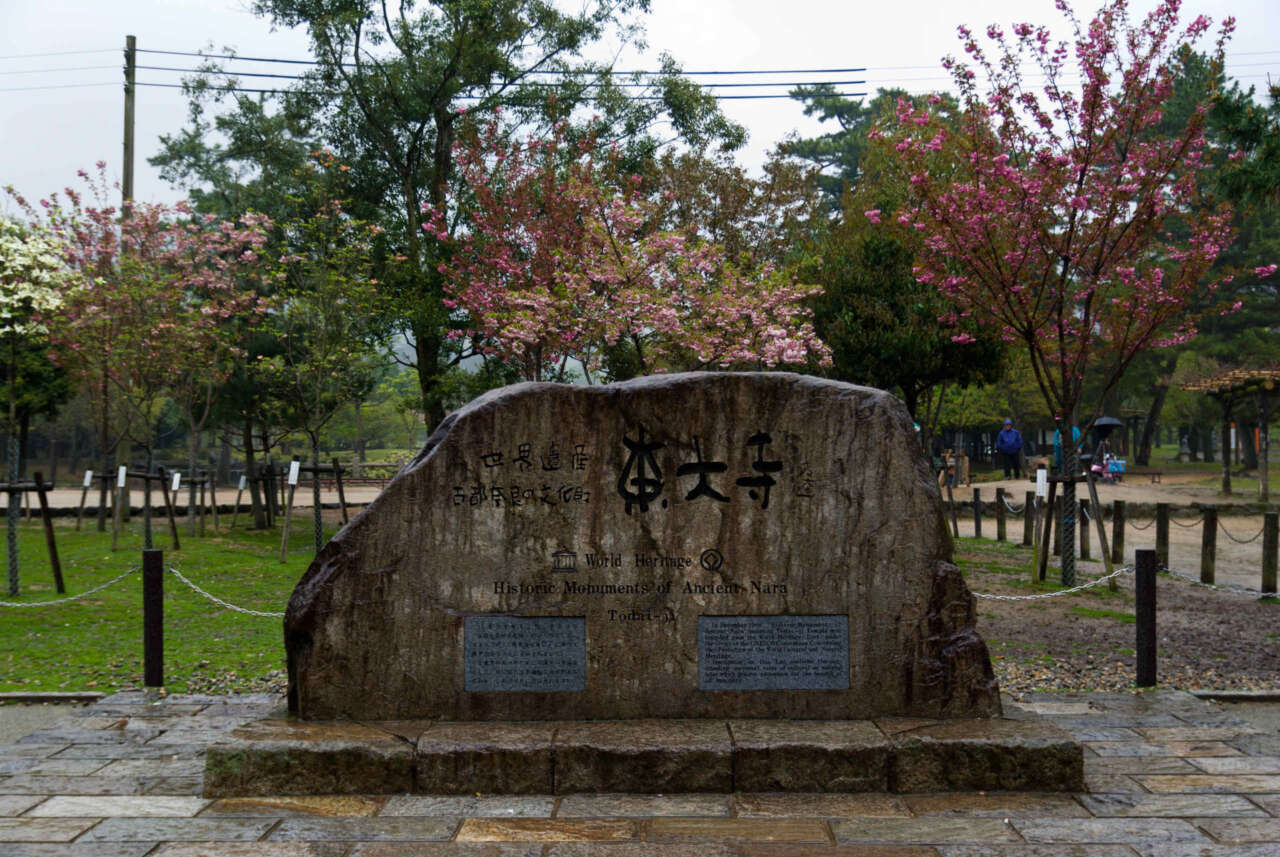
This is the plaque that proclaims Toudaiji (東大寺) as a UNESCO World Heritage site.
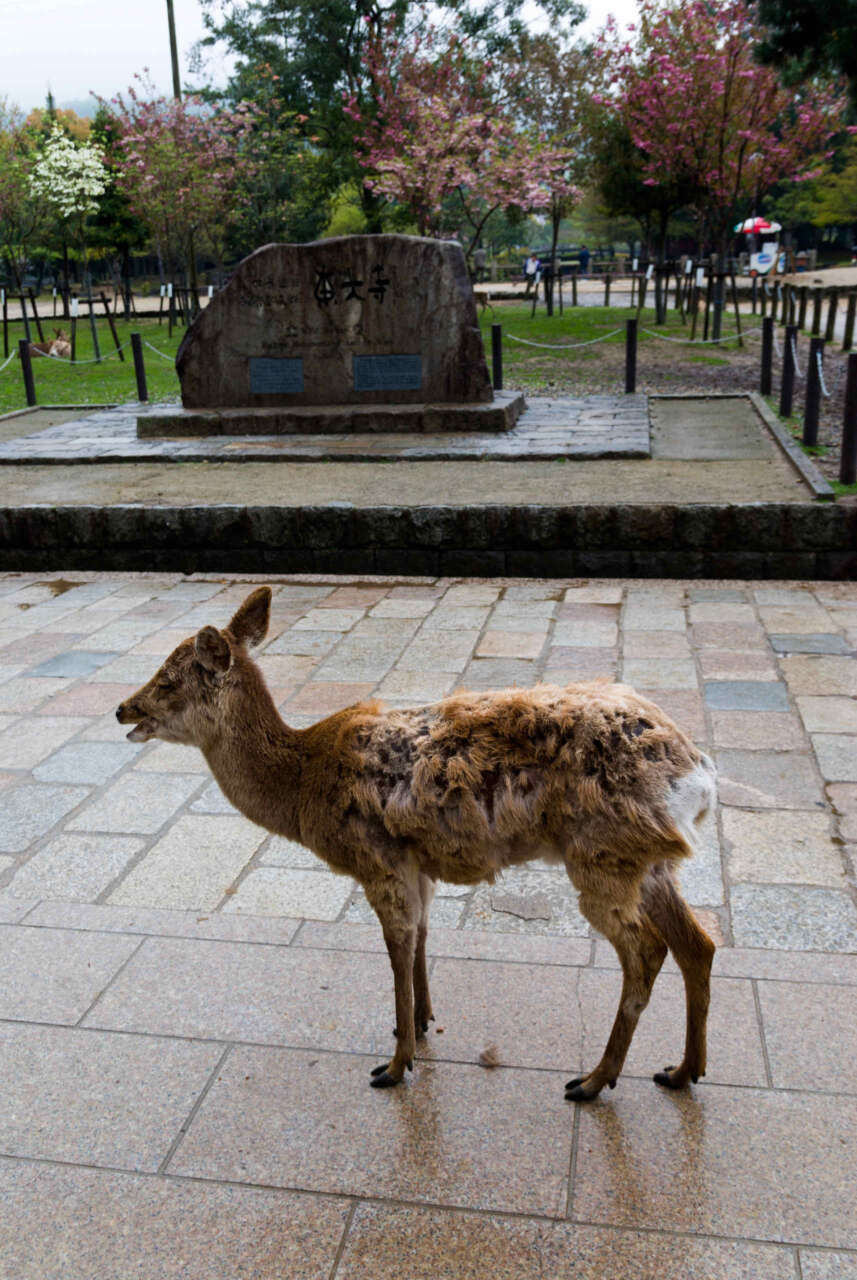
We saw this extremely mangy looking deer in front of the plaque.
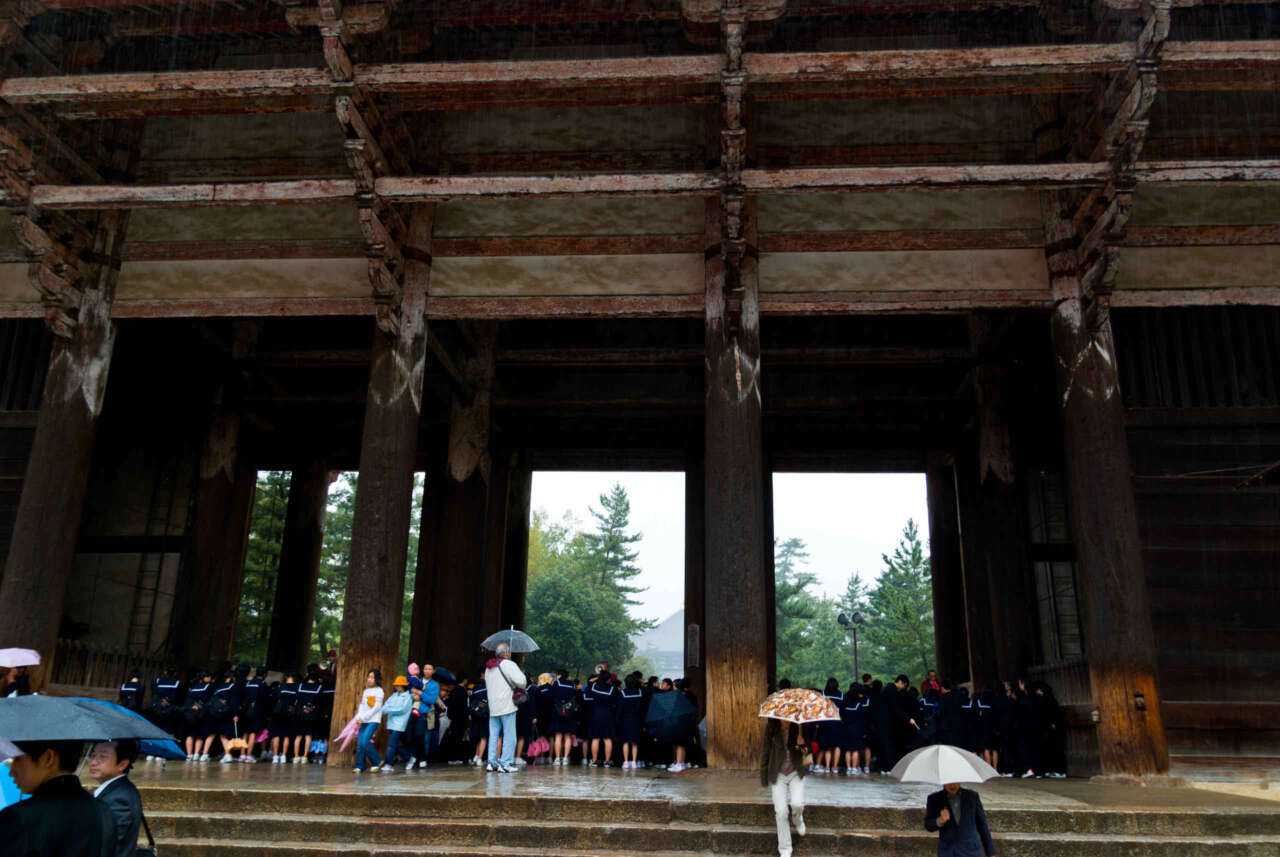
And when we reached the Great Southern Gate – Nandaimon (南大門), it started raining heavily and a huge group of schoolchildren took shelter underneath the gate.
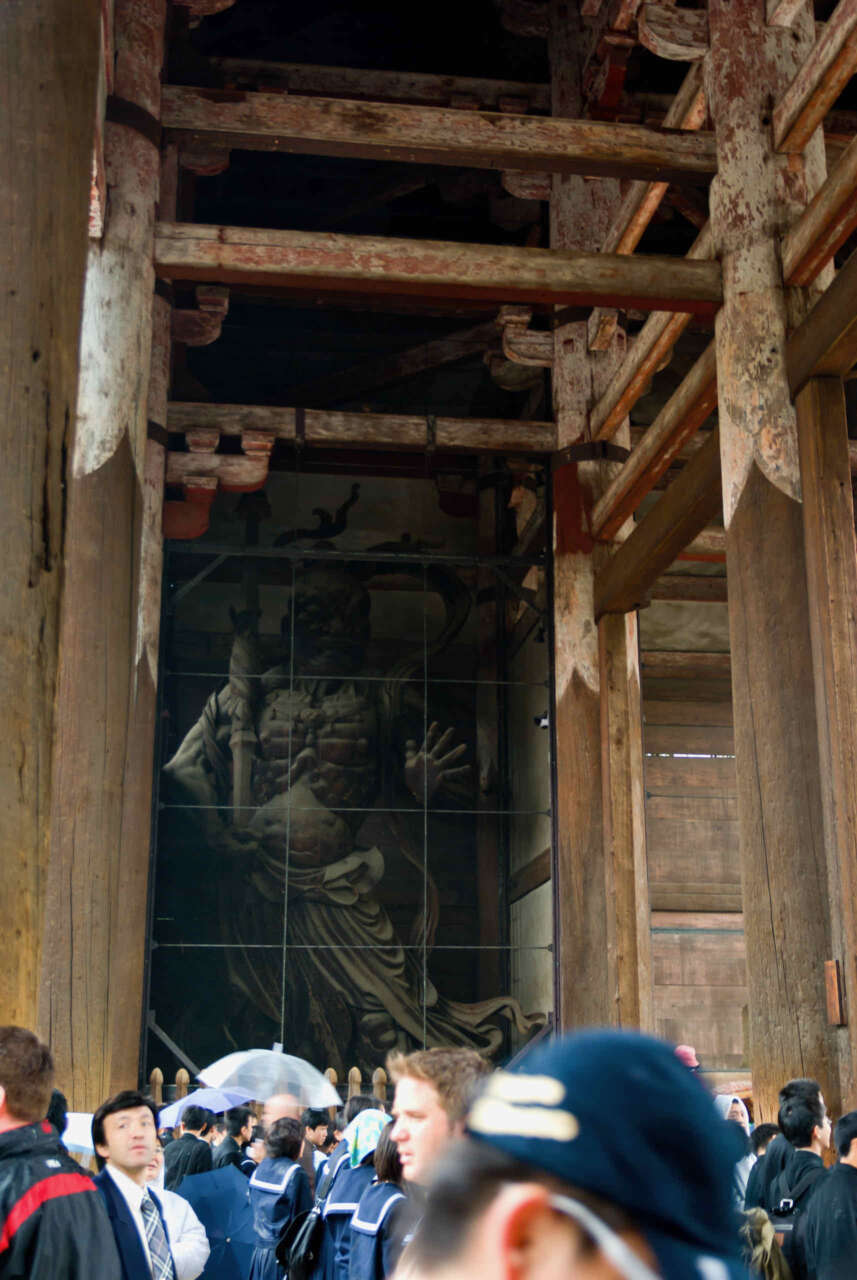
This is Agyou (阿形) – one of two Deva Kings guarding the gate. Agyo traditionally has his mouth open, signifying Life, whereas the other king, Ungyou (吽形) has his mouth shut symbolising Death. So, I decided to take a picture of Agyou instead of Ungyou.
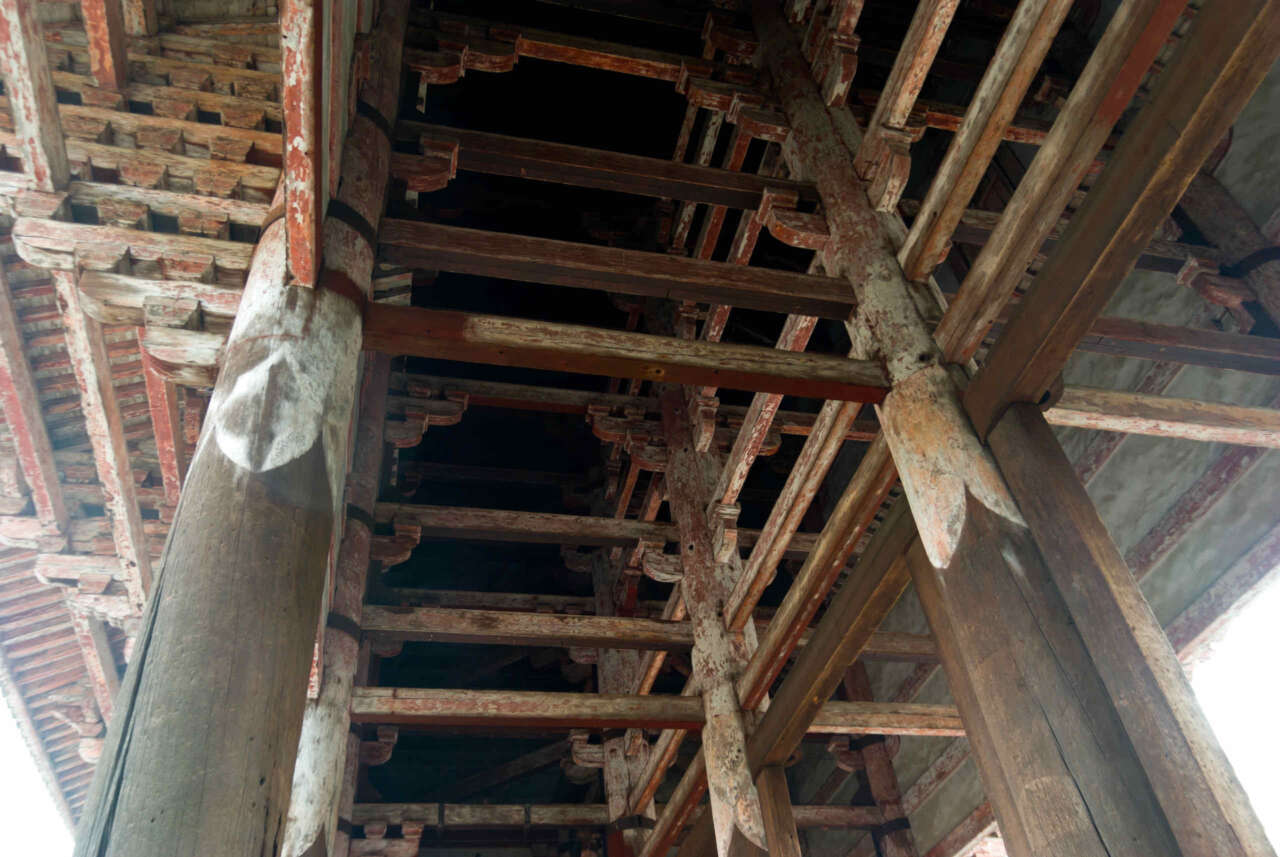
It’s amazing, but this gigantic gate is actually made of wood – the current structure was rebuilt in the 13th century, but is still impressively ancient.
We waited for the rain to subside underneath the gate, and another cute deer came up towards me. I think it was hoping I would feed it, and got bored when it realised I was probably as hungry as it was.
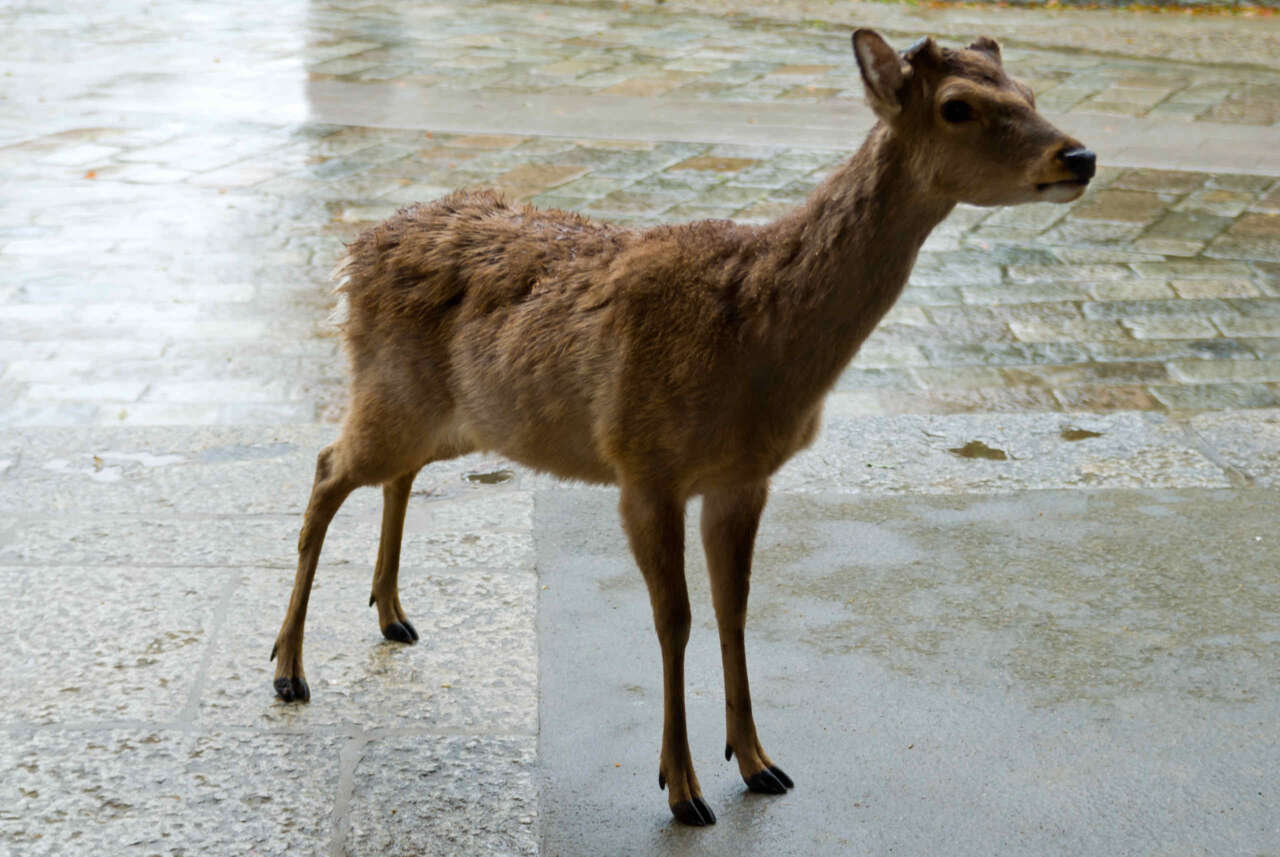
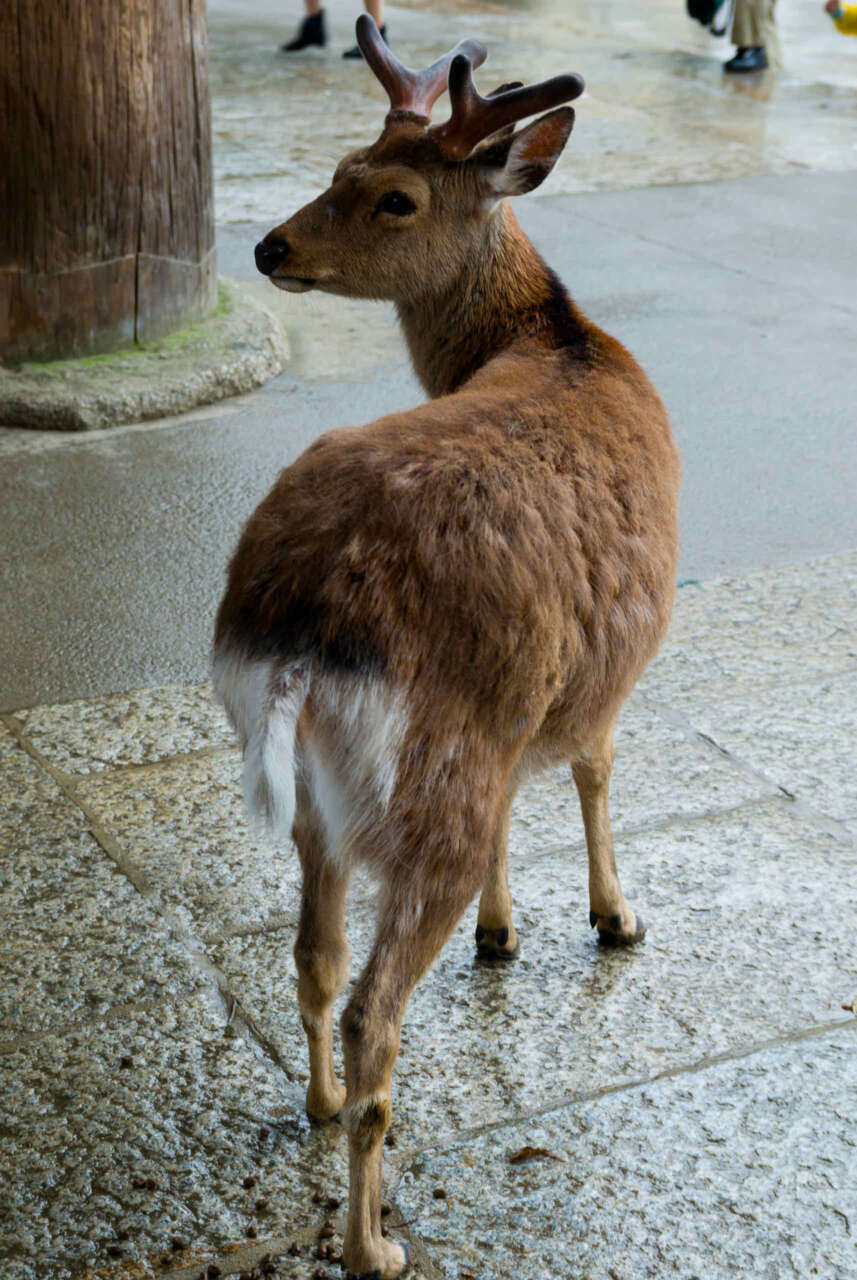
Full set of photos:















